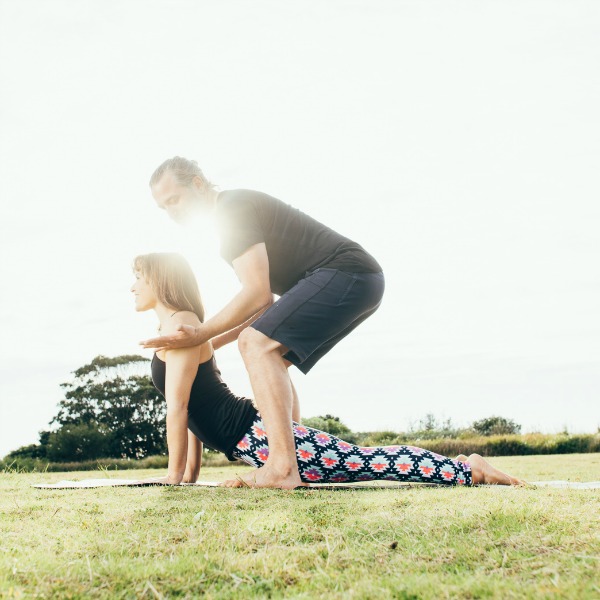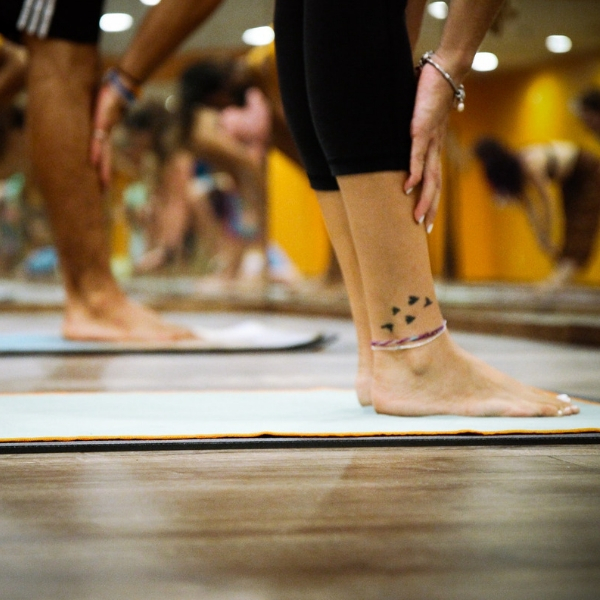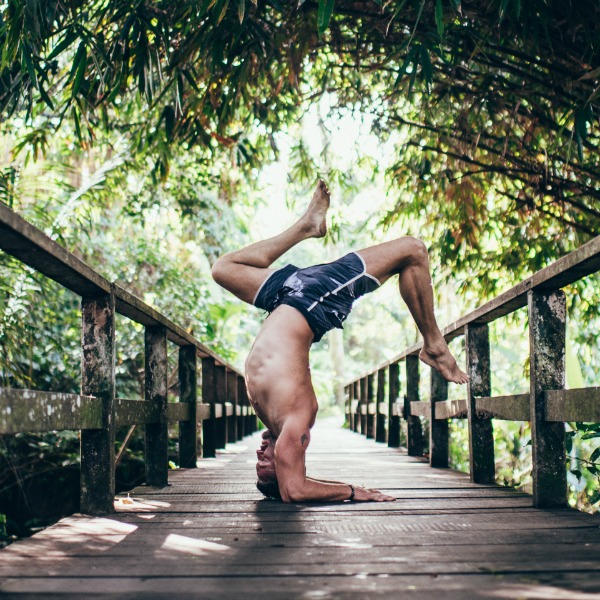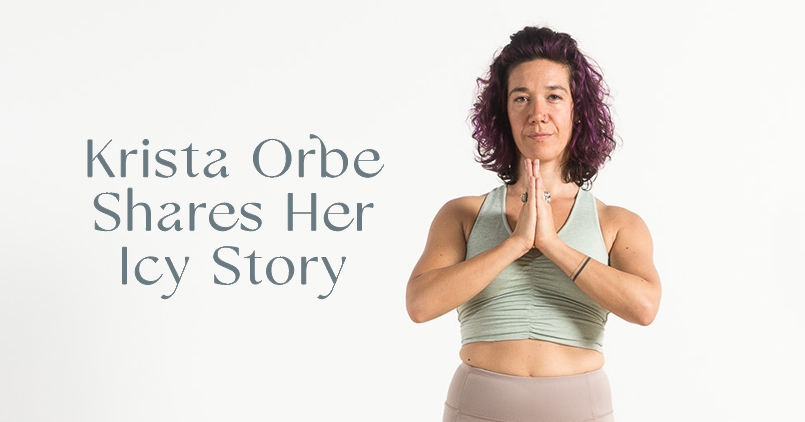05 Apr The Four Qualities of Assisting

By Adam Whiting
The Advanced Assisting Module of our 500 Hour Pathway is easily my favourite weekend in our teacher trainings.
I love spending an entire weekend discussing some of the pillars of safe, effective and powerful hands on adjustments. Pattabhi Jois said that “assisting is the fastest method of accelerating progress” in the practice of asana. Throughout the weekend, we will spend plenty of time on the mechanics of assisting and the alignment of different families of postures, but we will also go deeper. We will discuss energetics of assists, when to not assist and why, and how to bring intuition and compassion into your assisting.
Ultimately as a teacher our goal is to deliver the message of yoga, whether it is strictly anatomical alignment or the deep pool of the philosophical teachings. For me, to be an effective teacher we must use every tool at our disposal to convey that message. We use our voice, our energy, our sequencing, our messaging, and also when appropriate, our hands. Throughout the weekend, my intention for students is to leave with these four qualities when it comes to assisting:
KNOWLEDGE: To acquire the skills necessary to administer a variety of solid, useful and safe adjustments. Also, that you are able to give prescriptive and individualised assists instead of mechanical rote adjustments.
CONFIDENCE: Our energy as a teacher is easily read by our students through our assists. If there is uncertainty and nervousness behind the adjustment, the student will immediately receive that energy. It is imperative that when we touch our students we bring with that touch a clear sense of confidence and clarity to build a relationship of trust.
CLARITY: This is in all things assisting. We discuss when to assist, when not to assist How deep. How Firm. How Long. Why? Giselle Mari, a Jivamukti teacher, told me once that an assist should never be distracting, confusing, annoying or susceptible to misinterpretation. A high standard to hold ourselves to, for sure, but our students deserve that clarity.
COMPASSION: In our discussion of the alignment and anatomy of each posture, we will discuss in depth that when we assist, we are assisting our students into the fullest expression of their version of the pose. We bring deep compassion into our assisting, understanding that every body will express a different variation of the asana, and our job is to keep them safe while we guide them deeper into their practice, not always deeper into their posture.
Hands on adjustments are another piece of the puzzle in becoming a powerful and transformational teacher. I hope to see you for this full weekend intensive, and please email me at [email protected] if you have any questions at all about the training.
ABOUT ADAM WHITING
A voracious student of yogic theory and practice, Adam has studied and practiced with Rod Stryker, Pandit Rahmani Tigunait, Tiffany Cruikshank, Dice Iida-Klein, Briohny Smyth and Baron Baptiste. The resulting culmination of his diverse yoga study is a teaching style that artfully blends anatomical precision with powerful, energetic emotion and yogic tradition. Adam is also partial to breaking down and inverting the flow with a focus on advanced arm balances and inversions.



